By Jennifer Laszlo Mizrahi
Today many Jewish leaders and philanthropists are trying to figure out how to convince more parents to send their children to Jewish day schools. Will an enhanced STEM focus or more scholarships help them fill the classrooms and enable Jewish day schools to thrive today and tomorrow? A key is better evidence – trained teachers, and more inclusive classrooms.
Recently, the day school movements all came together under one umbrella, Prizmah. Today that new collaborative and combined organization is uniquely positioned to share best practices with the field on these and other subjects. Their CEO, Paul Bernstein, wrote, “Prizmah supports increasing opportunities for inclusion and services for all Jewish students. There are great examples of high quality services for disabled students among Jewish day schools, but we need greater awareness and steps to keep improving, especially where such services are not currently available.”
Sulam at the Berman Hebrew Academy in Maryland, schools served by Gateways: Access to Jewish Education in Boston, as well as other Jewish schools in Chicago, Miami, New Jersey and beyond are using many best practices around inclusion of children of all abilities to strengthen their schools overall.
At the recent Prizmah conference, activist Shira Ruderman spoke on inclusion. (Here’s a link to an article about Ruderman’s presentation written by Alan Oliff, and in it there is a link to her presentation.) In her talk Ruderman posed a key question, “If 20% of our American population has special needs, can we afford to continue to exclude this significant segment of our Jewish community in our schools, synagogues, and programs?”
Of course, it is not only about fully welcoming and including people with disabilities in our Jewish community. It is also about their loved ones, who literally make up the majority of our community. Moreover, if children without disabilities spend their school years isolated from disability, they are not fully prepared for reality in their own futures. After all, people may only be temporarily without their own disabilities as – due to accident, disease or aging – disability eventually impacts most people if they live long enough.
But back to the good moves at the Prizmah conference. Importantly, Gateways also led a session on its B’Yadenu model, a whole-school approach to planning and implementing professional development to meet the needs of diverse learners. B’Yadenyu, funded by the Jim Joseph Foundation (JJF) and the Ruderman Family Foundation, is an effort to elevate the capacity of day school educators to differentiate instruction for those with learning challenges and, in so doing, enhance the quality of education for ALL students.
The B’Yadenu model was developed in collaboration with Boston-area day schools, but JJF has now extended the funding to disseminate the model in other communities. As a result of the Prizmah session, Gateways, and its partner Combined Jewish Philanthropies (CJP) are now actively exploring implementation of the B’Yadenu model in day schools around the country. This includes in my area with Sulam/Berman and Charles E. Smith Jewish Day School in Maryland, Gesher in Virginia and JPDS in Washington, DC. Both Sulam and MATAN are also involved in leading and assisting this cohort. MATAN, like Gateways and SULAM, are experts at training educators in how to work with children with differences. Collectively, these three nonprofits have tools and techniques that are desperately needed by other schools around the country.
The cohort of four Jewish day schools working together to upskill their teachers and be more inclusive is largely thanks to the outstanding leadership of the Jewish Federation of Greater Washington. They have made inclusion and professional development a hallmark of their efforts to strengthen the Jewish community and are truly a model to follow.
Nationally, one of the best developments is that inclusion of students with disabilities is now part of the conversation, the strategic planning, and the implementation of programs and services – within individual schools, and in forums across schools (i.e. Prizmah and other formal and informal networks).
One of the biggest changes in the field is the shift from a focus on the hiring of special educators and other service providers who take the primary responsibility for supporting students with special needs to a larger emphasis on training and supporting ALL educators in a day school to better differentiate instruction to meet the needs of diverse learners. Special educators and experts are still worth their weight in gold. However, the holistic training of teachers is a vital best practice for students with and without disabilities alike.
Teaching the teachers research-based best practices is vital. Jewish schools can further benefit from research based best practices gleaned from the latest in neuroscience. This can help ALL learners – whether they have a disability or not.
At St. Andrews Episcopal School in Maryland, for example, their innovative Center for Transformative Teaching & Learning (CTTL) is bringing the latest developments from neuroscience into the classroom. Indeed, research-informed teaching and learning has become the central focus of faculty professional development, curriculum and program design. Fully 100% of the teachers at St. Andrews have been trained in research-based best practices. Importantly, they did not do this on behalf of children with disabilities – they did it because the latest in neuroscience proves that children’s brains are still forming. Putting the right training and practices in place can help ALL children reach higher levels of intelligence and skills. CTTL’s work is so exciting that they are now offering training to teachers and experts from around the world.
Prizmah and day schools around the country can and should capitalize on its momentum in the Jewish day school community to educate Jewish day school leaders on best practices in special education – which is simply GOOD EDUCATION. But they should draw from outside of Jewish schools as well. Indeed, I just finished reading the new book Neuroteach: Brain Science and the Future of Education by CTTL’s director, Glenn Whitman, along with its director of research, Ian Kelleher. I recommend it highly to anyone who wants to improve education and the success of children.
One of the key principles of CTTL is the concept of “not yet.” You can learn something about it in a powerful Ted Talk by Carol Dweck, as well as one by Angela Duckworth on the power of grit. But it is larger than that. It turns out that simple changes, including changing what part of class times is used to give out the key educational content, and how and when teachers give out quizzes, can make big differences in the abilities of children to actually grow smarter and more capable.
National leaders in education today are those institutions that recognize that inclusive schools with well trained teachers widen the umbrella for ALL learners within the classroom. No longer is it acceptable to teach to the average, for there is no such thing as average. Neurodiversity is the norm, and schools must teach to a wide and varied range of learners.
When teachers reach the highest learners and the most challenged learners all within one classroom, the entire middle range of learners will be better reached as well. This is achievable with partnership and collaboration between general educators and special educators – all of whom take responsibility of EVERY child.
Let Prizmah and philanthropists lead the way to help Jewish schools become the national leaders of education, by facilitating the joining of forces between special educators and general educators in the use of research-based best practices. With this combination, the success and future of Jewish day schools can be unlimited.
Jennifer Laszlo Mizrahi is the president of RespectAbilityUSA.org, a nonprofit fighting stigmas and advancing opportunities for people with disabilities. She is also co-founder/director of the Mizrahi Family Charitable Fund. She can be reached at [email protected].
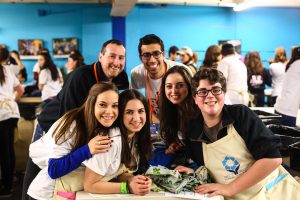
 We’re proud to report that the trip was far more successful than we ever could have imagined. In the blog written by the teens themselves on the trip, many spoke of the “meaning” and “connection” the trip had engendered. Many of the parents expressed the same sentiment, especially after being able to watch the teens in action in New York, during Facebook Live events. As one parent remarked, “I feel so fortunate that my child received this opportunity to embrace and love her Jewish heritage.”
We’re proud to report that the trip was far more successful than we ever could have imagined. In the blog written by the teens themselves on the trip, many spoke of the “meaning” and “connection” the trip had engendered. Many of the parents expressed the same sentiment, especially after being able to watch the teens in action in New York, during Facebook Live events. As one parent remarked, “I feel so fortunate that my child received this opportunity to embrace and love her Jewish heritage.”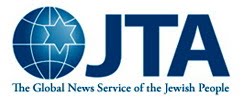 NEW YORK (
NEW YORK (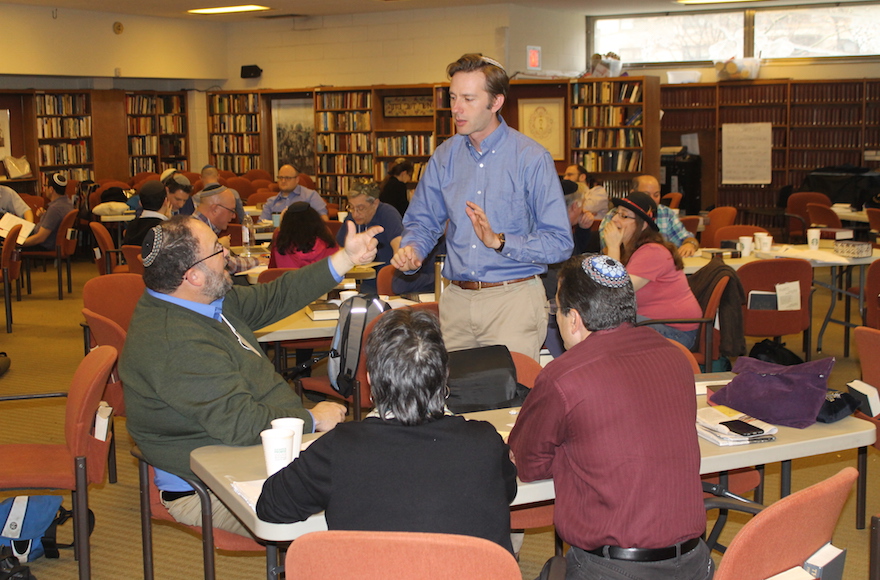
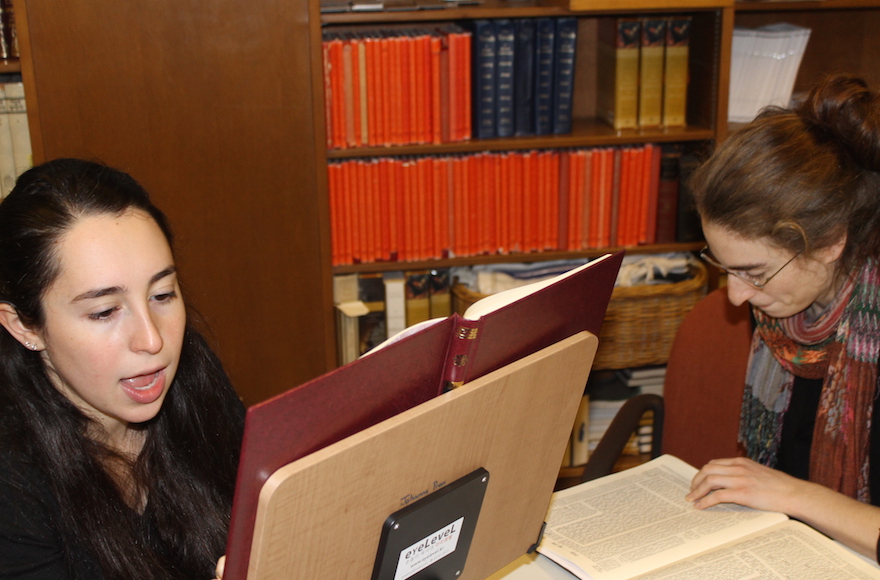
 Jewish students across the country mobilized to create affordable solutions to improve lives.
Jewish students across the country mobilized to create affordable solutions to improve lives.
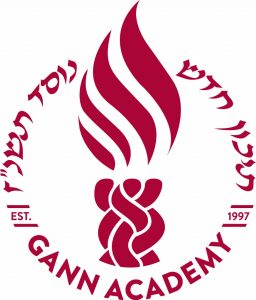
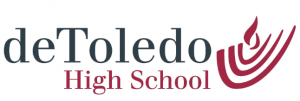
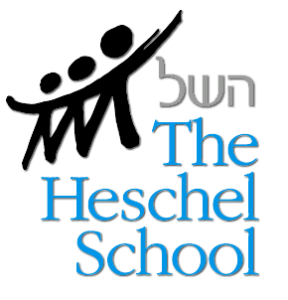
 [This article is the third in a
[This article is the third in a 